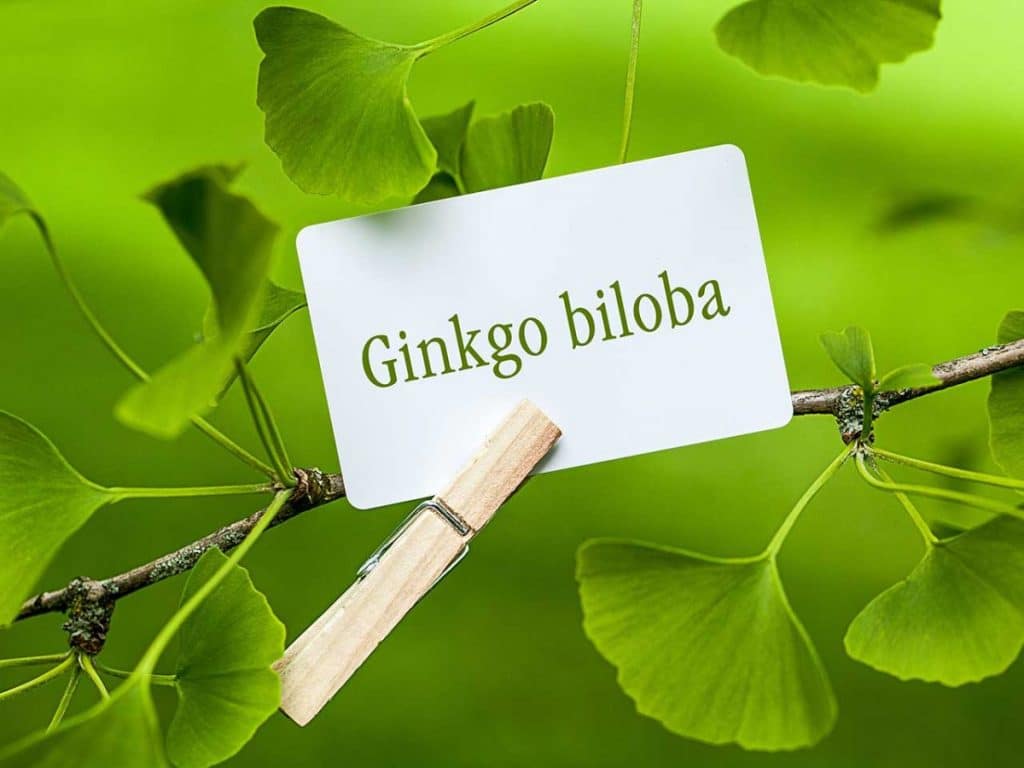Nature of Ginkgo Biloba
The maidenhair tree, commonly called Ginkgo Biloba is one of the oldest medicinal plants known. It is sometimes written as Gingko.
It is originally from China and it’s popular for its health benefits in their traditional medicines.
Ginkgo is a slow-growing tree and can survive for thousands of years.
The tree grows best in a sunny and wet environment. It needs just average sunlight and water and will grow tall and form a canopy when established.
Since the tree thrives in semi-shady to sunny places, it grows almost on any soil but the waterlogged area should be avoided.
There are female and male trees of Ginkgo and they belong to the short-day plants such as seed plants. The trees in China are increasingly used for grafting.
Ginkgo Biloba has a slow growth rate at the early stage, making new cultivars experiencing this thinking the tree is dying and add fertilizer or overwater it.
Too much irrigation is known to hinder growth and you should understand how best to care for it.
The Ginkgo tree can reach a height of 30 to 40 meters and grow up to 40 feet wide, however, there are now new varieties that are dwarf and do not grow up to that.
It is neither hardwood nor a conifer but related somehow, especially as a conifer. It’s more of a deciduous tree because it throws off its foliage during the winter.
Dating back to prehistoric times, it’s referred to as a living fossil and can live for over 1000 years old. It is not only a medicinal herb but looks also very nice and special.
Some of the unique characteristics and facts about Ginkgo Biloba make government often plant them on streets or in parks, especially because it is very resistant to air pollution.
The Ginkgo tree usually has healthy leaves from spring to summer and the fruits are available in September and October.
The fruit and the seeds of Ginkgo are about three centimeters tall, have a greenish-yellow color, and are edible.
However, the seeds or nuts must be peeled and cooked before they should be eaten. Even the fruits should be eaten with care, although can not be said to be poisonous, it has the potential.
Both the leaves and fruits contain acid that could cause nose irritation or stomach upset when taken too much.
In Asia, the seeds can be eaten either as a side dish or as a snack, and it’s popularly eaten like these in this continent.
Harvesting and Processing
The Ginkgo fruits may fall when ripe and you can handpick them from the tree. The tree and leaves will change color when it’s about time for harvest.
More so, ginkgo fruits smell bad when ripe and you should use a rubber glove while plucking them to avoid Urushiol, the poisonous chemical, and the possibility of contacting dermatitis.
The leaves, they are harvested when they just start changing color in early autumn. It should be checked regularly so the active ingredients are not lost.
After the harvest, the leaves are crushed and then gently dried. Usually, an air drying method is used so the active ingredients can be preserved.
After drying, the Ginkgo leaves are extracted. You can also extract nutrients from the fresh leaves by boiling them for five minutes.
Nutrition Facts of Ginkgo Biloba
Ginkgo is rich in carbohydrates, Protein, Vitamins, and other trace elements. Carbs, Proteins and Vitamins constitute about 50% of the nutrient composition.
It has 5 to 7 percent Terpenlactones
(2.8 to 3.4% of Ginkgolides A, B, C, and about 2.6 to 3.2 percent seeds).
A maximum of 5 ppm care
22 to 27 percent Flavone glycosides
This amount of active ingredients of Ginkgo extracts complies with the PhEur ( European Pharmacopoeia). it’s also rich in Magnesium, Potassium, Sodium, and fats.
Uses and Health benefits
This high-quality Ginkgo extract guarantees very good digestibility and the highest quality.
For this reason, it is important to make sure that the extract was manufactured according to the European Pharmacopoeia when you want to buy it from medicine stores or any product stores.
The good quality of Ginkgo extracts is easily achievable only if the cultivation, harvest, and extraction method is properly carried out, hence, the active nutrients are not destroyed.
Therefore, it is important to ensure the best quality and get a vote of confidence when purchasing Ginkgo from stores because, in the leaves of the Ginkgo tree, the active ingredients are very different since this depends on the site, the soil, and cultivation.
The active ingredients contained in the Ginkgo stimulate the cells for better growth, and it’s also good for blood circulation.
In addition, these active substances are likely key substances in treatments of Alzheimer’s Disease and Dementia.
The tree has so many benefits for your body and spirit and can also be of good help to health problems like headache, asthma, atherosclerosis, and tinnitus.
Ginkgo is also used to boost mental power, lower blood pressure and help men sexually to improve erectile dysfunction.








